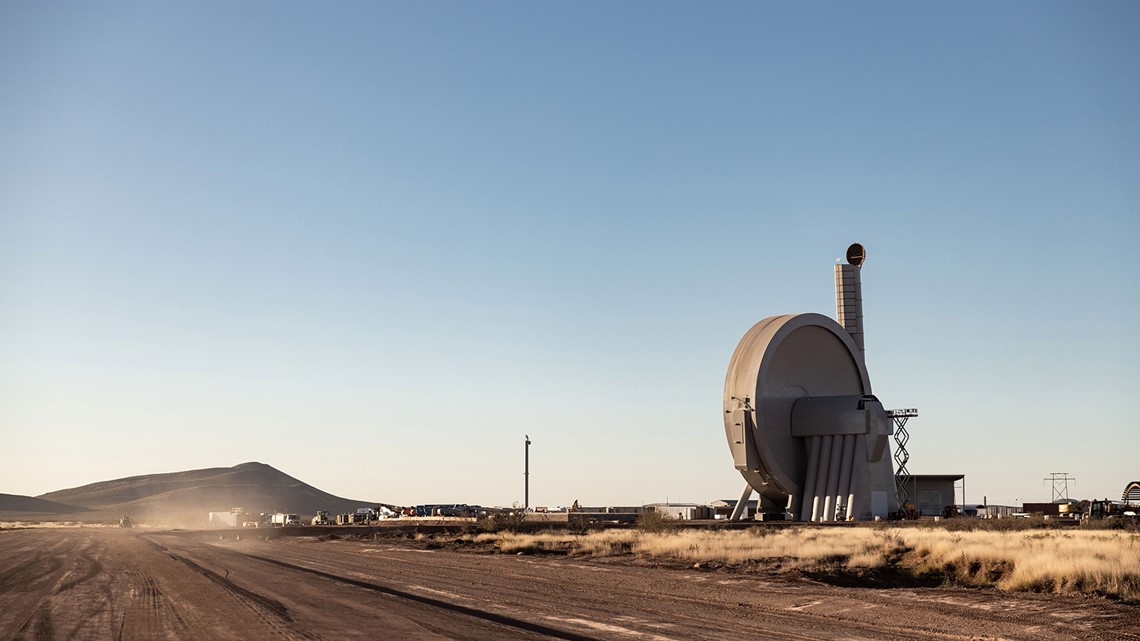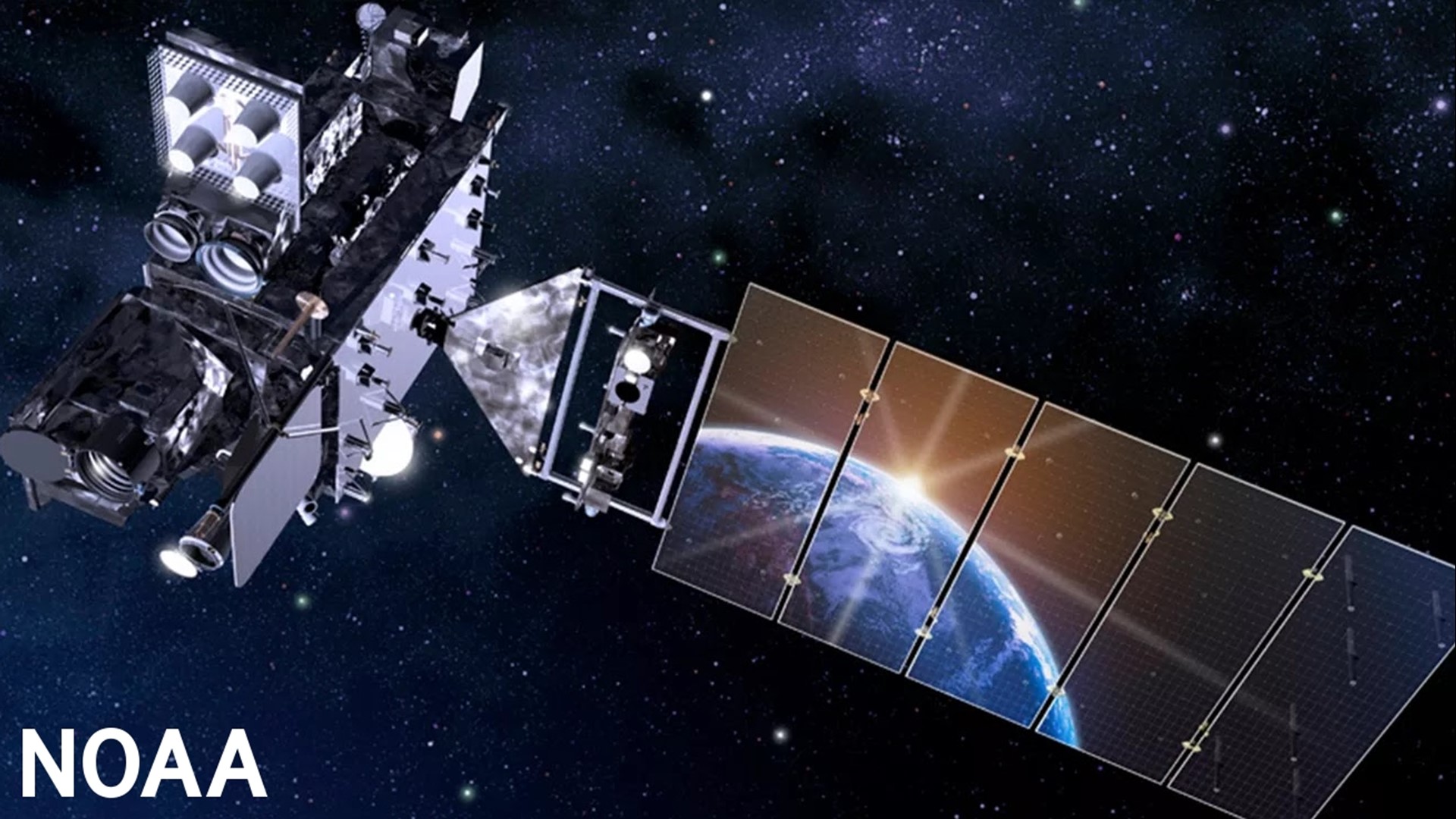Editor's note: The video above is from March 2, 2022.
NASA has reached a partnership with a company to test launch a payload to suborbital space at high speed from a centrifuge-like device that requires no rocket propulsion. The ultimate goal: to establish a new way, cheaper way to send payloads into orbit.
SpinLaunch announced Monday it will work with NASA to launch a payload using its Suborbital Accelerator Launch System based in New Mexico. That test launch is expected to come this year.
The device is a round steel vacuum chamber, 300-feet in diameter, attached to a launch tube. A carbon-fiber arm holds the payload, circling inside the accelerator and reaching speeds up to 5,000 mph. The launch vehicle and payloads of up to 440 pounds are then released through the launch tube.


If successful, the launch vehicle will reach beyond the stratosphere before small rockets will be used to place the payload in its final orbit.
By using this method, "over 70 percent of the fuel and structures that make up a typical rocket can be eliminated," SpinLaunch said in a statement.
That can mean more opportunities for companies to launch payloads into space. With no need for large rockets and massive amounts of fuel, launches would be less cost-prohibitive.
"What started as an innovative idea to make space more accessible has materialized into a technically mature and game-changing approach to launch," SpinLaunch CEO and founder Jonathan Yaney said in a statement.
SpinLaunch said it has conducted several test launches since October 2021 that have reached speeds of more than 1,000 mph. The first test launch to send something into orbit is planned for 2025.
But, at least for now, this isn't an option to send astronauts into orbit. SpinLaunch said on its engineers have looked at systems that can endure 10,000 Gs. The average human can withstand no more than 9 Gs for a few seconds, according to Scientific American.

